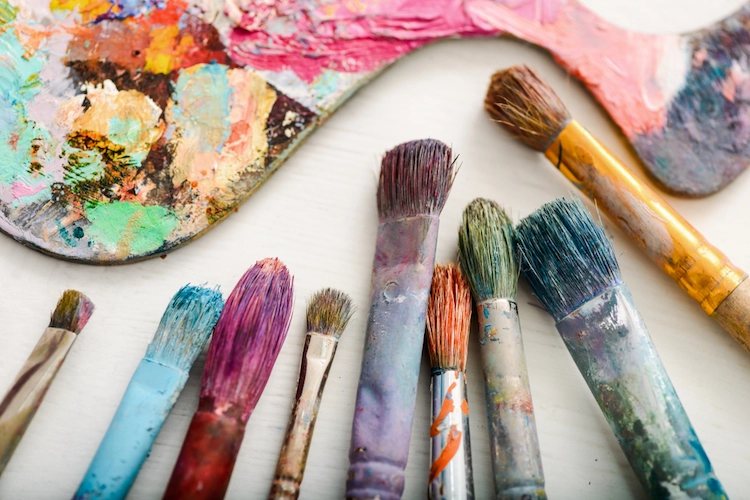The Hidden Nature of Art as an Ideology
March 9, 2020

Most are aware of the ongoing debate concerning the place of crafts in the art world. While on the surface the debate may seem trivial and based on personal distinctions, that may be because at its core the debate is about the nature of art itself and our ever changing conception of it. The distinction between arts and crafts is only one facet of the question.
Art is fundamentally an ideology: a set of values and ideals that are not necessarily universal. But what exactly the ideal of art is can be hard to pin down. Art is so prominent in the cultural identity that it seems an innate and natural thing, ingrained in the subconscious despite the vagueness of its definition. Therefore to understand art’s ideology you must look at how it tries to distinguish itself. In the case of arts versus crafts the distinction is in functionality. The argument goes that because craft serves a functional purpose it is not art, a view that implies an ideal of art as something created purely from creative and aesthetic considerations for their own sake. This is far from the only distinction art has tried to make. Take the way each art movement redefines art according to its values, often in reaction to the definitions of previous movements. A movement that values only aesthetic qualities in art may be succeeded by one that views art as the creative process, and that may be succeeded by one that places the ideas present in the work above all else. Each has an ideal that it proclaims as the definition of art, to the exclusion of others.
In all the dispute over art’s definition, the term itself began to be rejected and anti-art emerged in opposition. Anti-art called into question the nature of art as a social construct and sought to disrupt those ideals and conceptions of art. It did this, however, largely from an art standpoint and so mirrored the reactionism of the art movements except in awareness and name. In attempting to destroy an ideology, it became that ideology.
While art as a concept may be vague and without inherit basis it is not necessarily harmful. Because of its ambiguity and ability to fluctuate, art has been able to foster creative endeavors that may have gone unthought of without some mold to break, molds that were themselves forged by art’s distinctions. That’s the irony that has let art persist so long as an ideology.
Egan • Jan 31, 2021 at 4:47 pm
Of course this article is the one of mine that’s published. This one’s pretentious postmodernist-sounding nonsense.